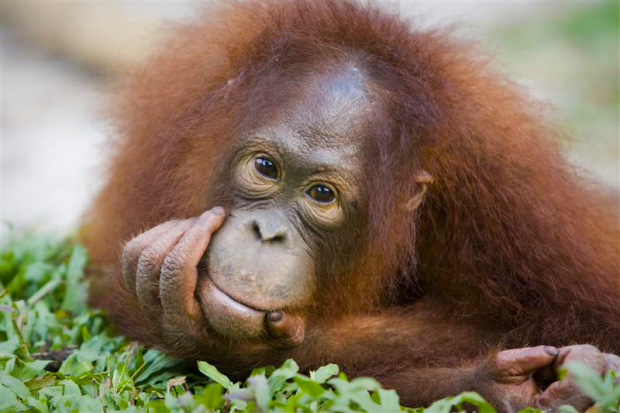Today is the UN’s International Day of Forests. It’s also about two years since you helped us persuade Golden Agri Resources to stop chopping down Indonesia’s rainforests. Sounds like a good time to look at what happened next.
One of the biggest threats to the Indonesian rainforest is palm oil – or more accurately, the plantation companies that clear beautiful rainforests to grow palm oil.
Golden Agri Resources (GAR) is Indonesia’s largest producer of palm oil, and the second largest in the world. Getting them to kick the deforestation habit was a major breakthrough for forest protection.
GAR also agreed that undeveloped land which was once forest would be left alone and allowed to regrow. This is really important because much of Sumatra and Kalimantan, the Indonesian part of Borneo, has been damaged by years of illegal logging and is no longer ‘primary’ forest.
If left alone, these forests could regenerate into bio-diverse rainforests full of different plants and animals.Yet even so-called progressive companies are still destroying forest that is well on its way to recovery.
So where do you draw the line? How do you tell the difference between land that is so damaged that it can’t grow back, and forests that just need time to recover?
Once GAR agreed to kick its deforestation habit, Greenpeace sat down with the company and an independent NGO, The Forest Trust. Together, we developed a system to work out what land should and shouldn’t be turned into plantations.
Like all plants, oil palms absorb and store CO2 as they grow. Oil palm plantations store less CO2 than untouched natural forests, but they store more CO2 than completely degraded land. That means turning totally despoiled land into a plantation has an environmental benefit, because you’re taking carbon dioxide out of the atmosphere.
We devised a system to make it simple to tell whether an area of forest was suitable for development based on the amount of CO2 it stored. This system is called the High Carbon Stock approach.
Last week, GAR announced a one year pilot to put this forest protection plan into action. They want to establish a framework for successful conservation that the whole palm oil industry can adopt.
So what needs to happen to make that a success? Firstly, local communities need to be brought on board and given a say in identifying the protected areas.
Government support is also critical.
Local governments need to support these voluntary initiatives; national government needs to tighten up the laws protecting forests and peatlands in Indonesia and make sure that they are enforced.
Finally, the rest of the industry needs to follow GAR’s lead.
Investors, customers and consumers have made it clear that they want sustainable palm oil that doesn't destroy our environment - and that they are willing to take their business elsewhere if companies don't change their ways.
If the second largest palm oil producer can change its ways, what is stopping the rest of the industry?




